Editorial: Seattle's air report is a warning of things to come
Published in Op Eds
Seattle’s reputation for being clean and green took a little bit of a hit in the latest American Lung Association “State of the Air” report, looking at three years of data.
The city was ranked ninth on the list of 25 worst cities for levels of short-term particle pollution, meaning that we breathed in, for short periods, air that was very heavy with particulate matter, or microscopic specks of pollutants. The report ranks U.S. cities and grades counties based on their levels of ozone and two measures of particle pollution in 2021, 2022 and 2023.
If you were living in the area at the tail end of the pandemic, you will remember the smoky skies of September and October 2022, when Seattle experienced its longest stretch of bad air on record. That’s what earned us the No. 9 spot on the ALA report; at one point that year we reportedly had the worst air quality in the world. The culprit? Wildfires.
Fire was also to blame for the ghastly September in 2020, when huge swaths of Oregon burned and created what the state Department of Ecology called a “smoke storm” over the city. And in 2017, we were caught in a smoky pocket between fires in British Columbia and the Cascades. This latest ranking, which looks back a few years, also serves as a reminder of what is in our future as fires become more destructive, are harder to fight and choke our skies.
The particulate matter we breathe during these periods is so small, it’s measured in microns. Carrie Nyssen, Senior Director of Advocacy for the American Lung Association of the Mountain Pacific, told the editorial board that a human hair is 30 microns; airborne particulate matter is 2.5. That means the particulates don’t just lodge in our lungs, she said, they can travel into our bloodstream. Kids, the elderly and people with certain health conditions suffer most, but particulate matter is unhealthful for all of us.
Besides wildfire smoke, the causes of bad air spikes aren’t surprising. Return-to-office mandates are going to put more cars on the roads, idling and stuck. Increasing urbanization is leading to continued reliance on fossil fuels. Meanwhile, the warming climate is triggering bigger, more destructive fires across the continent. That creates even more unhealthy air.
We know that inhaling that gunk regularly leads to heart disease, high blood pressure and early death. It’s also being implicated in dementia, said Robin Evans-Agnew, a professor at the School of Nursing and Healthcare Leadership at University of Washington Tacoma.
Evidence of a worsening pattern of fires and subsequent unhealthy air is unfortunately coinciding with a failure to meet the moment. Cuts at the federal level have gutted agencies’ ability to collect weather data and formulate forecasts, and states’ ability to pay for wildland firefighting resources. Fewer people are watching out for our national forests and parks. In Washington, the Legislature eliminated $60 million for wildfire prevention.
On a personal level, there are things we can all do to combat warming and the fires it creates: Drive less. Switch to EVs. Plant trees. Be smarter about electricity use at home. Consider drought-tolerant landscaping. If you must mow, ditch the dirty gas mower. Our care for the environment is paying off: Puget Sound Clean Air Agency monitoring data shows steady reductions in some sources of air pollution, such as emissions from diesel transportation, industry and wood-burning.
But it will take a lot more than that to help us all breathe easier.
_____
The Seattle Times editorial board: members are editorial page editor Kate Riley, Frank A. Blethen, Melissa Davis, Josh Farley, Alex Fryer, Claudia Rowe, Carlton Winfrey and William K. Blethen (emeritus).
_____
©2025 The Seattle Times. Visit seattletimes.com. Distributed by Tribune Content Agency, LLC.


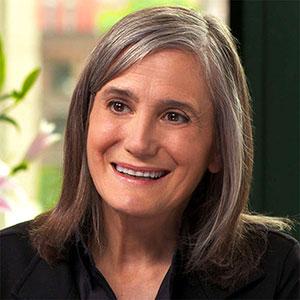
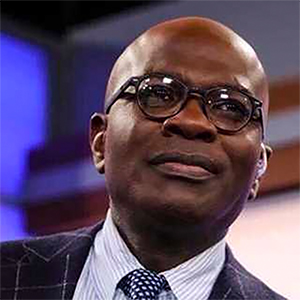
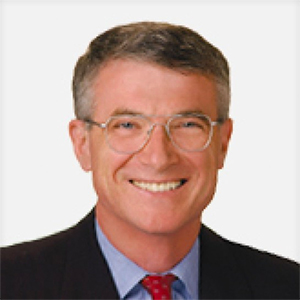
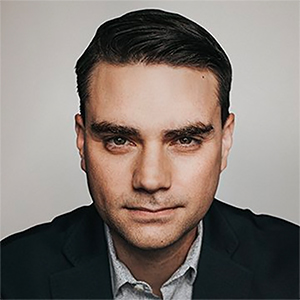

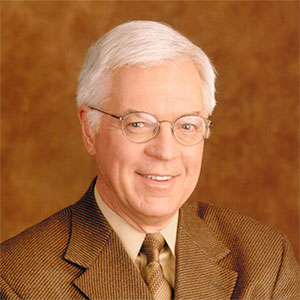
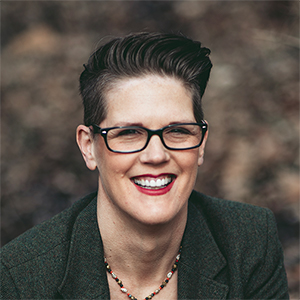
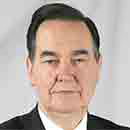
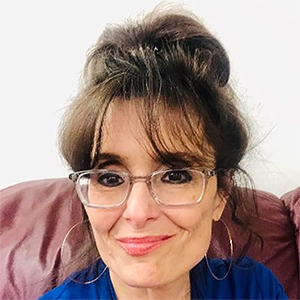
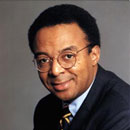











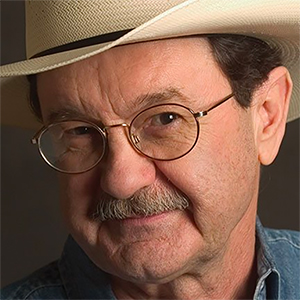

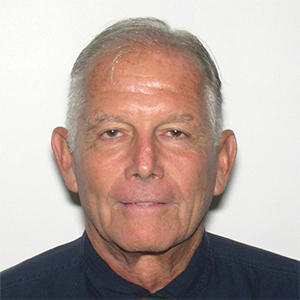
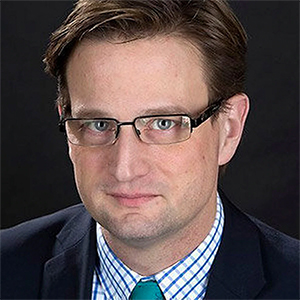
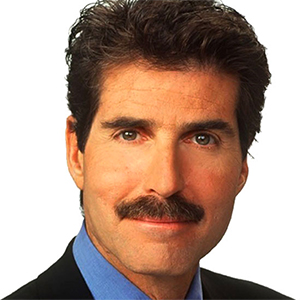

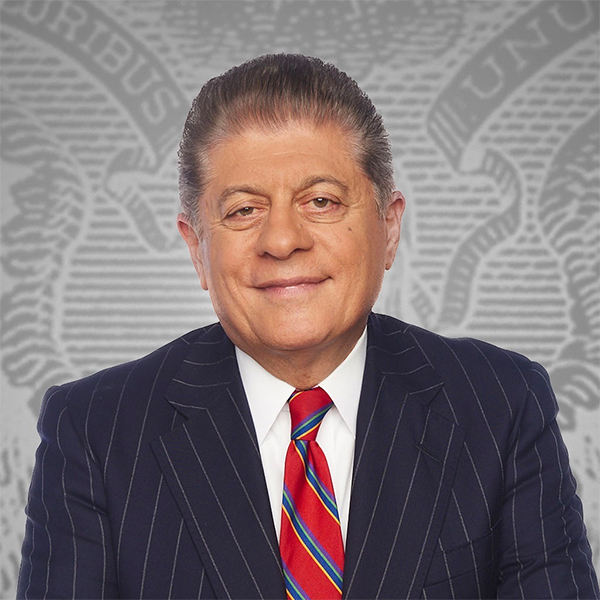


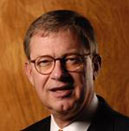





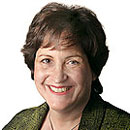

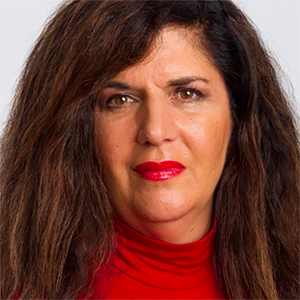




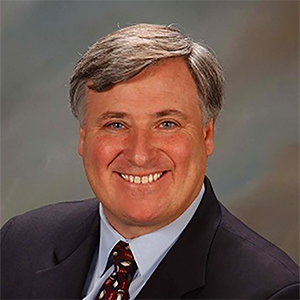




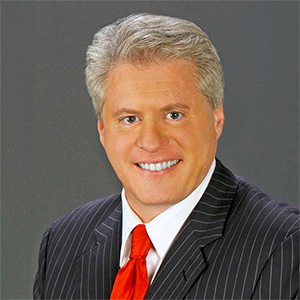

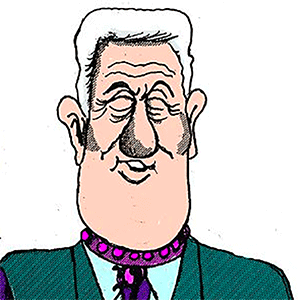
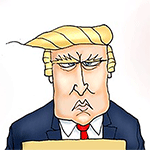
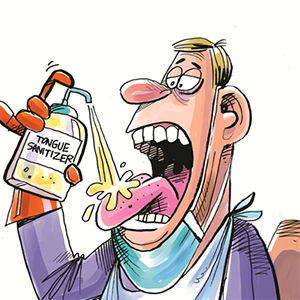

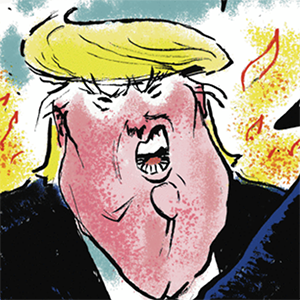
Comments